New era for BMW electric cars, says design chief Domagoj Dukec
‘BMW i models are becoming the most relevant part of the brand,’ says the company’s head of design Domagoj Dukec, as he talks about a trio of new BMW electric cars, the iX3, i4 and iX, and what they mean for the future of the brand
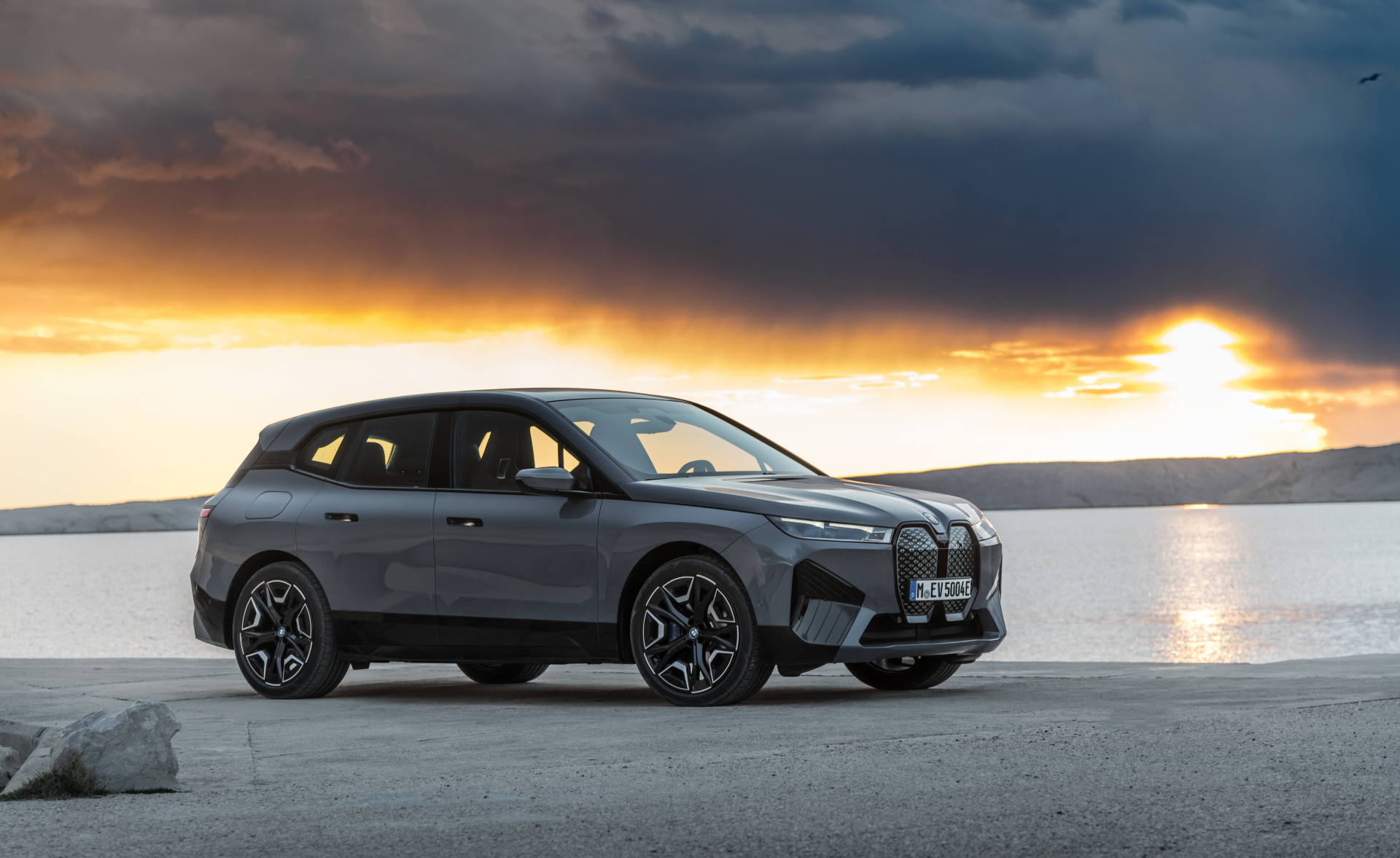
The Croatian automotive designer Domagoj Dukec has been at the helm of BMW’s global design team since April 2019. Before this, he had overseen some of the BMW Group’s many sub-divisions, including time as chief designer at BMW i and BMW M. With responsibility for the Bavarian brand’s global design direction, he is at the heart of the action during a fevered period for the industry. We spoke to Dukec about the company’s newest models, a trio of pure electric cars, the new iX3, i4 and iX, and what they mean for the future of BMW.

Domagoj Dukec, head of BMW design
Wallpaper*: BMW was one of the pioneers of creating pure electric cars. How is BMW responding to the accelerating adoption of EVs around the world?
Domagoj Dukec: BMW is undergoing a ‘time of transformation’. The BMWi models are becoming more and more the most relevant part of the brand, especially in markets like China. Although the EV percentage of sales is still low, it is rapidly increasing. Our strategy was to make EVs very visible, then fold them into the main product line.
W*: Tell us about your newest models, the BMW iX3, i4 (showcased as a concept by Wallpaper* in 2020) and iX.
DD: We have two strategies. The BMW i4 and BMW iX3 are high-volume cars. People have wondered why the i4 and iX3 are not very progressive designs, like the original i3 or i8. An iX3 is for someone who wants an electric X3, while the i4 is at the very core of BMW, the three-box sedan. It brings everything together. It is a modern interpretation of the Neue Klasse 3-Series design.

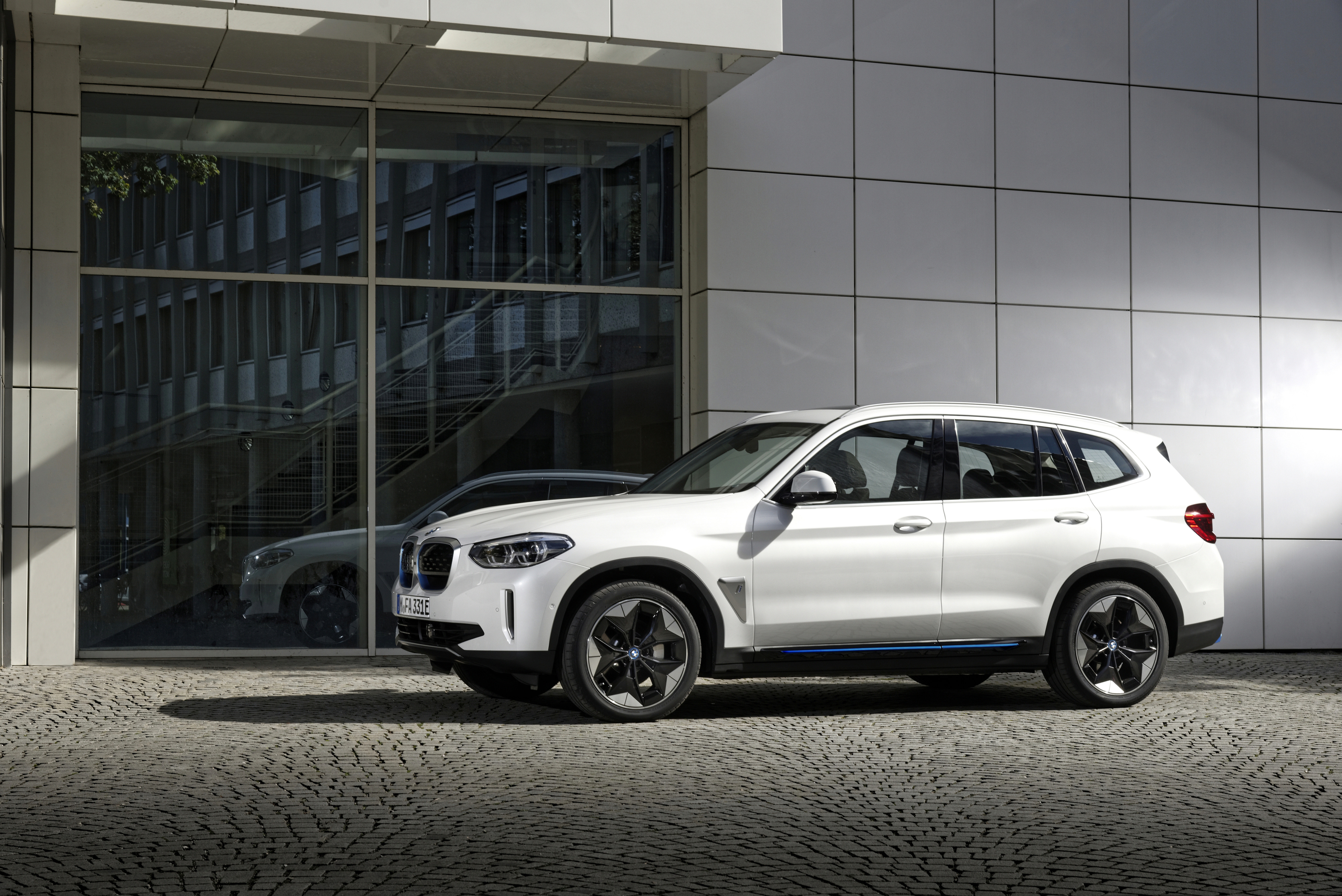
The new BMW iX3 is an all-electric version of the X3 SUV
W*: These two models are closely related to their combustion engined equivalents. What about the BMW iX?
DD: The iX is a very different story. It is a pivotal product for a whole new way of thinking about car design. Our focus is more on the interior than the exterior. We invented the SUV segment with the X5, and then evolved it with the X6. But this is not a bold, bossy car like the original ‘X’ models. We wanted to see how the idea of X-ness will change and become more sustainable in the future. It’s a car for people who want to be different.
W*: How did you make the most of the advantages that an electric drivetrain offers?
DD: The interior space is better. BMWs are traditionally rear-wheel drive, which means an engine that intrudes into the cabin and a large transmission tunnel. The proportions have come to express a certain amount of status, one that you don’t get with the stance of a front-wheel drive. Although somehow it’s a bit dated now. It doesn’t offer as much space. Electric cars can have a flat floor and you get more space on the same footprint. It’s in line with our sustainable values. Cars aren’t getting bigger. But overall, proportions aren’t really changing. Aerodynamics don’t change, nor does human physiognomy.
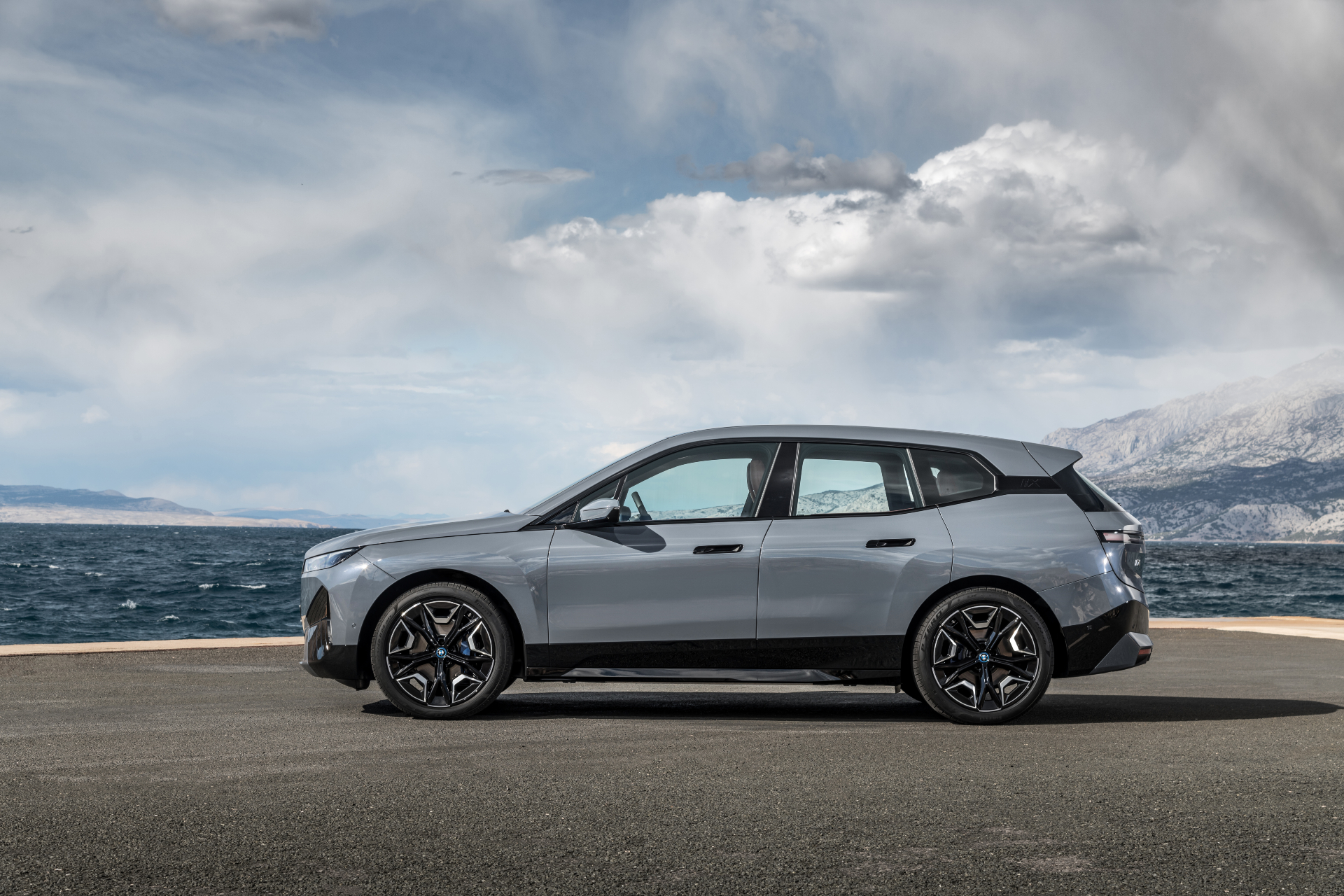
The BMW iX is the company’s new electric flagship, a technology-filled, full-sized SUV that points to a new design direction
W*: Cars are getting heavier. How does BMW deal with this?
DD: You have to accommodate it. An EV weighs 300kg more than a combustion engine car. So you need more overhang for crash compensation – it’s just physics. Safety drives car design more than ever before because of this weight.
W*: What about new materials? The i3 and i8 had a pioneering use of carbon fibre.
DD: Our approach is always where to use the right material for the best performance. We tend to use carbon fibre on roof structures to keep the centre of gravity low. Steel for structure because it's strong and aluminium for panels that can be deformed.
Receive our daily digest of inspiration, escapism and design stories from around the world direct to your inbox.
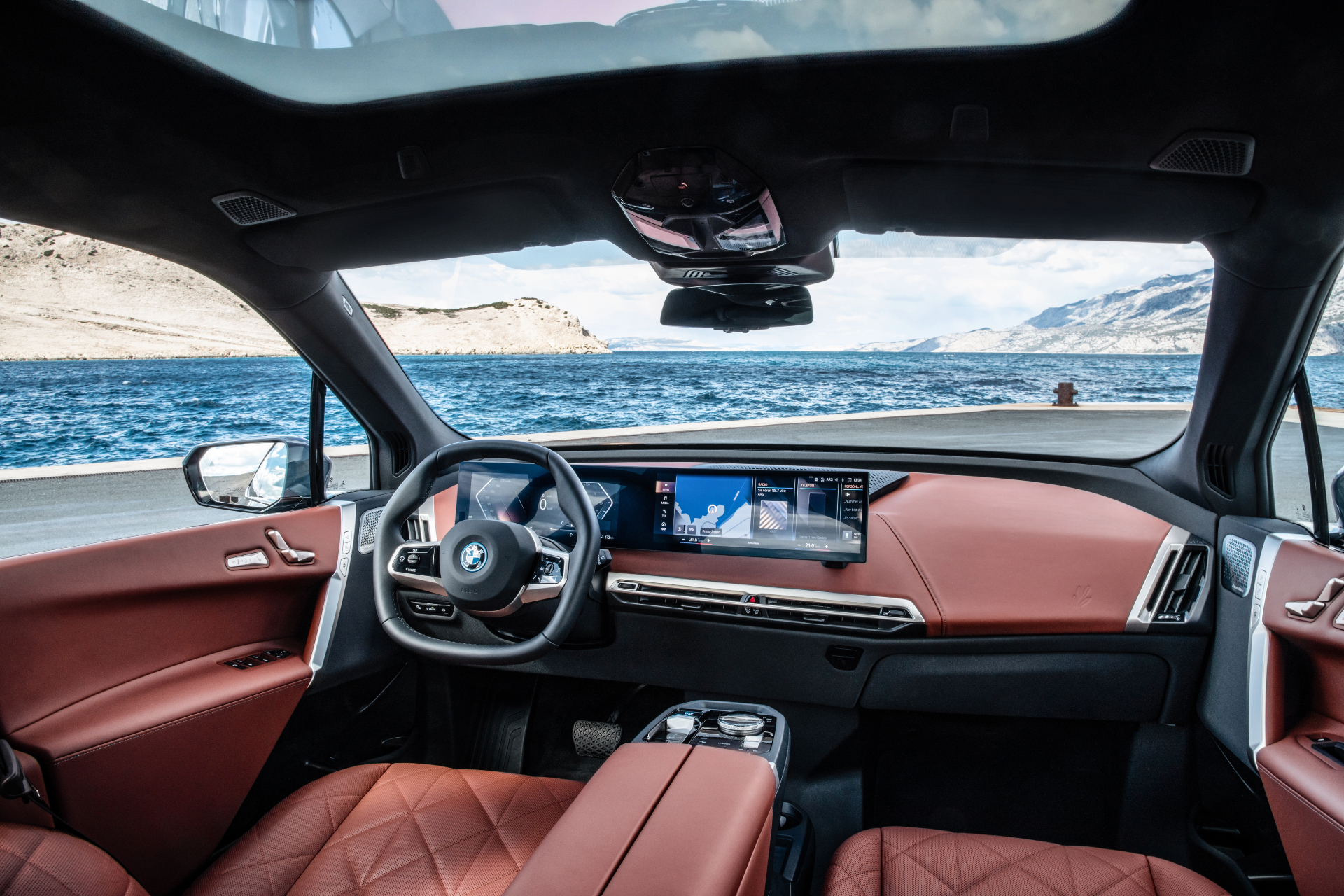
The dashboard of the 2021 BMW iX shows the influence of architecture and a minimal material palette
W*: How was the iX developed?
DD: It was very different to the Project ‘i' cars like i3 and i8. They were more like an internal start-up project, a new brand within BMW. The iX was produced and developed by exactly the same production team as our other cars, which was a challenge. For example, we reduced the amount of interior elements. We offer more by doing less. This ‘mono material’ approach shows more exclusivity than a traditional patchwork interior design, but it’s not what our teams are used to doing.
W*: What are your favourite elements of the interior?
DD: Our whole thinking was how to give the interior space a non-automotive feel. Of course, for safety reasons you can’t just make a lounge. The seats have to face forwards, there’s a steering wheel. But it is different. The way the screen is presented is like a television on a piece on furniture. All the functional elements, like the ventilation controls and seat adjustment buttons, are treated like items of jewellery. It’s a more philosophical approach. We’ve also mounted the iDrive controller on a wood console, because it feels human and natural. These touch points are important.
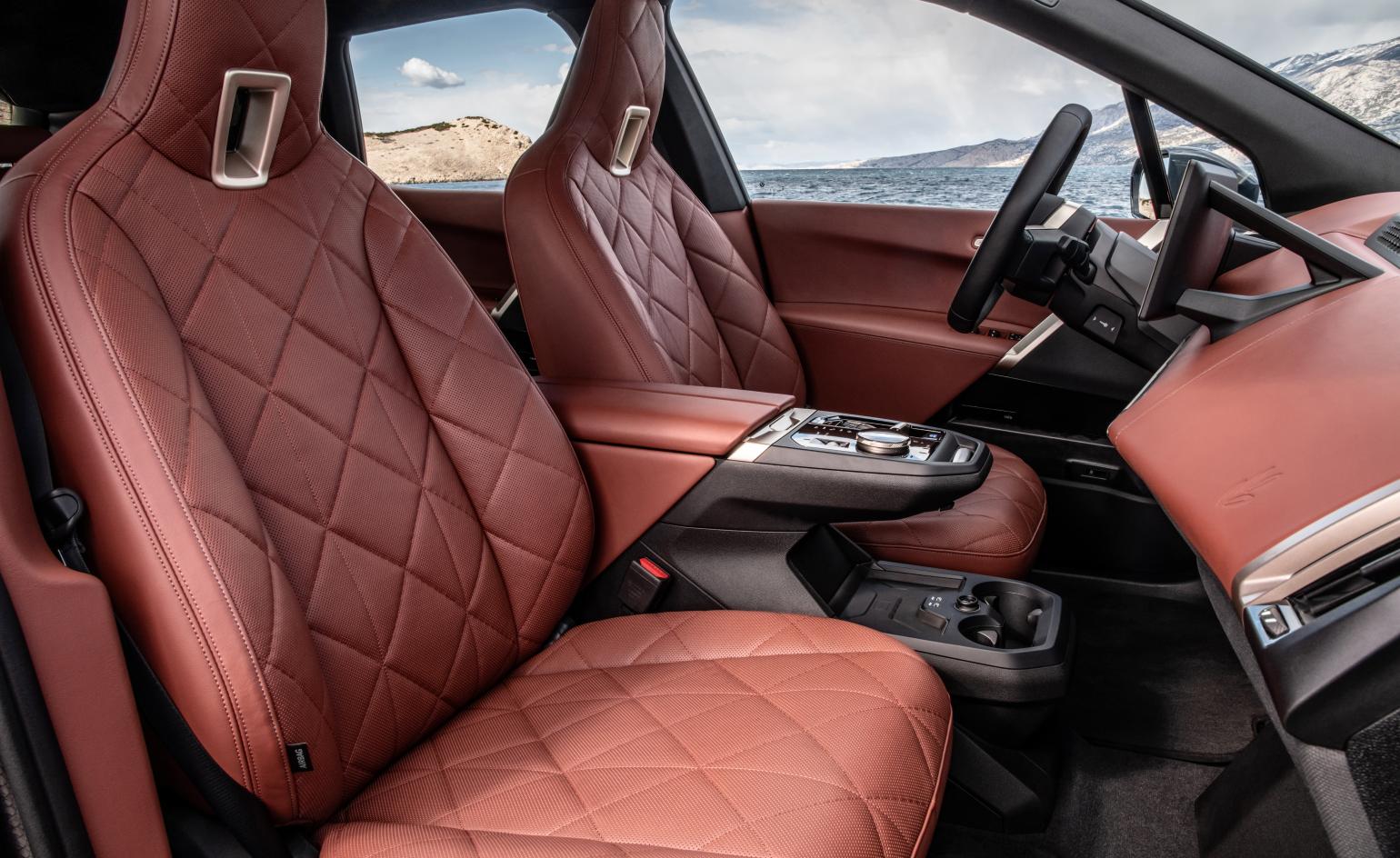
The BMW iX interior makes full use of the extra interior space created by the electric powertrain
W*: So will we see these features in future BMW models?
DD: The smart material approach, for sure. The iX is not like sitting in a fighter jet or a computer, it’s about using new technology to reduce complexity. Society has changing values and attitudes and BMW wants to reflect that. We want to be pioneering and responsible without compromising the emotional experience of our cars.
INFORMATION
Jonathan Bell has written for Wallpaper* magazine since 1999, covering everything from architecture and transport design to books, tech and graphic design. He is now the magazine’s Transport and Technology Editor. Jonathan has written and edited 15 books, including Concept Car Design, 21st Century House, and The New Modern House. He is also the host of Wallpaper’s first podcast.
-
 Men’s Fashion Week A/W 2026 is almost here. Here’s what to expect
Men’s Fashion Week A/W 2026 is almost here. Here’s what to expectFrom this season’s roster of Pitti Uomo guest designers to Jonathan Anderson’s sophomore men’s collection at Dior – as well as Véronique Nichanian’s Hermès swansong – everything to look out for at Men’s Fashion Week A/W 2026
-
 The international design fairs shaping 2026
The international design fairs shaping 2026Passports at the ready as Wallpaper* maps out the year’s best design fairs, from established fixtures to new arrivals.
-
 The eight hotly awaited art-venue openings we are most looking forward to in 2026
The eight hotly awaited art-venue openings we are most looking forward to in 2026With major new institutions gearing up to open their doors, it is set to be a big year in the art world. Here is what to look out for
-
 Rivian hits Miami Art Week to release R1S Quad Miami Edition, a new colour and a scent
Rivian hits Miami Art Week to release R1S Quad Miami Edition, a new colour and a scentVivid sights and evocative smells are part of Rivian’s quest to humanise its all-electric SUVs
-
 RBW EV brings a much-loved classic sports car aesthetic into the modern era
RBW EV brings a much-loved classic sports car aesthetic into the modern eraThe RBW Roadster and GT hark back to a golden age of sports car design. Under the skin, these British-built machines feature bespoke all-electric running gear
-
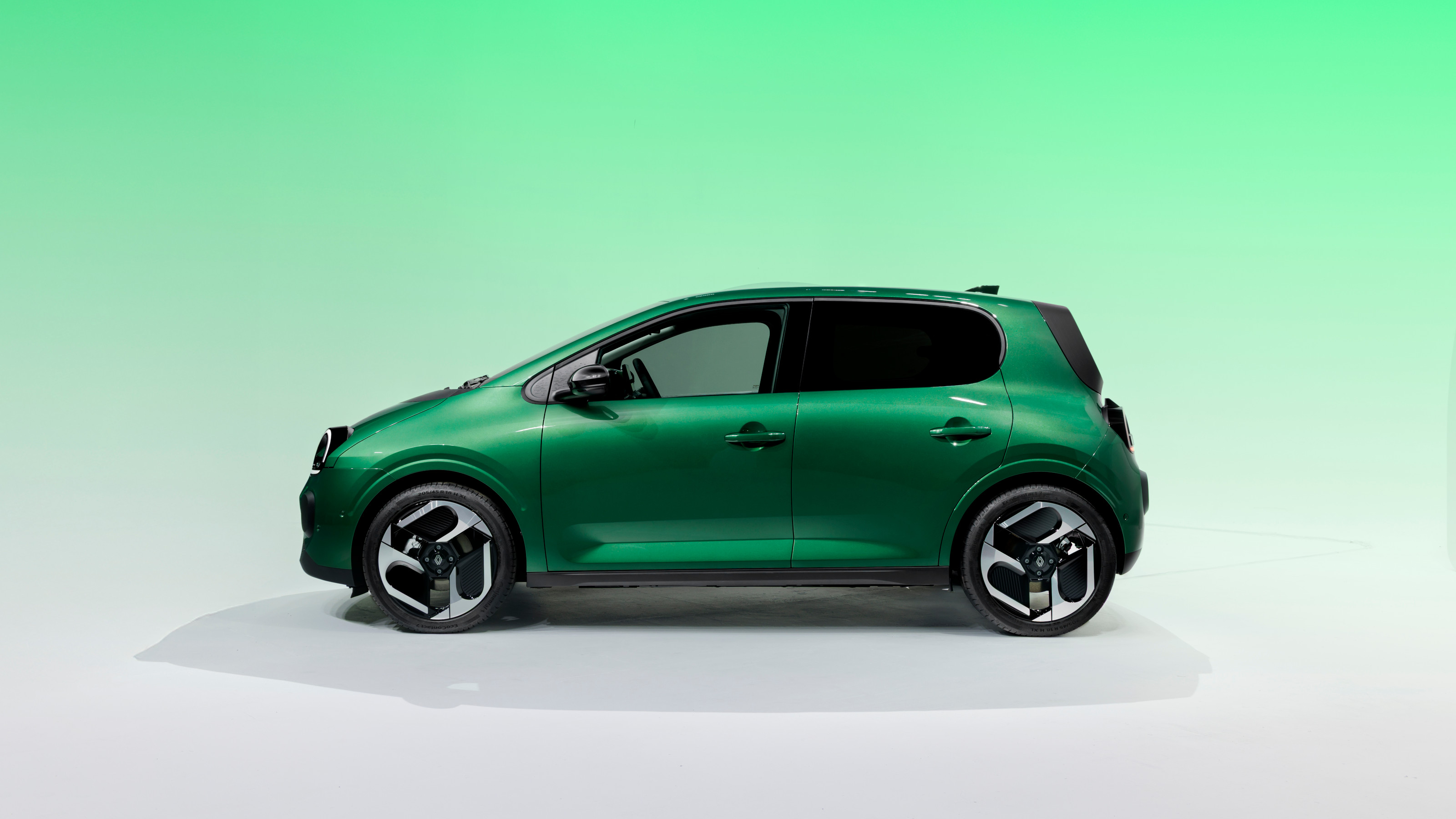 All hail the compact new Renault Twingo E-Tech – the city car is back in style
All hail the compact new Renault Twingo E-Tech – the city car is back in styleRenault continues to pay homage to its heritage by combining it with 21st-century technology. The new Twingo E-Tech is another winner
-
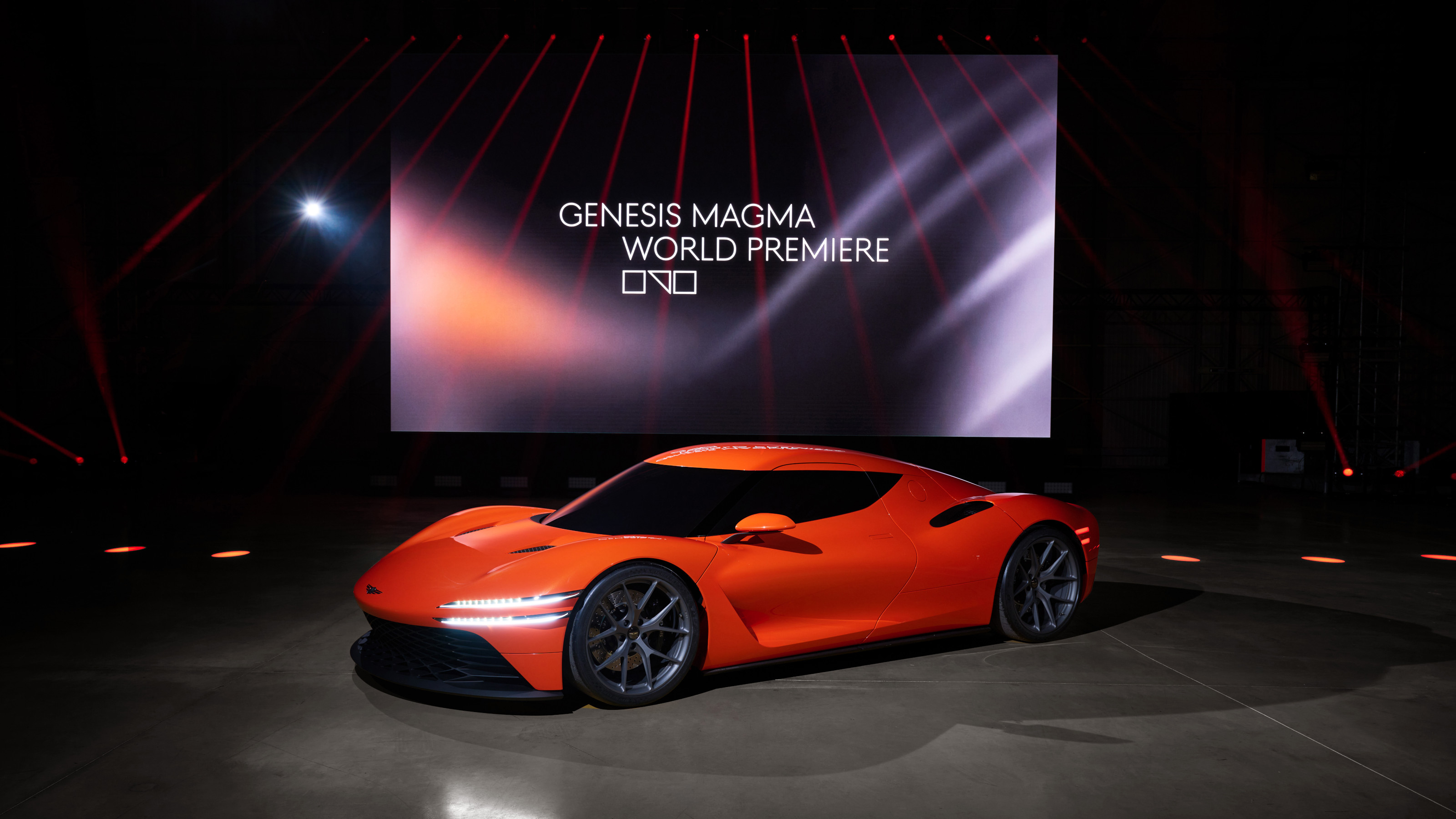 Genesis turns up the heat with its new Magma performance sub-brand
Genesis turns up the heat with its new Magma performance sub-brandGenesis has revealed the hot new GV60 Magma and striking Magma GT Concept in its quest to own luxury performance
-
 Around London in sybaritic silence with the majestic all-electric Lunaz Phantom V
Around London in sybaritic silence with the majestic all-electric Lunaz Phantom VClassic electrifier Lunaz has turned its skilled hands to the Rolls-Royce Phantom V. We sample the ultimate in zero-emission luxury on the streets of London
-
 Avatr Vision Xpectra concept transforms cars into ‘emotionally intelligent companions’
Avatr Vision Xpectra concept transforms cars into ‘emotionally intelligent companions’Revealed in Munich, electric car maker Avatr’s futuristic Vision Xpectra is a car that is not only beautiful, but a true form of ‘emotive luxury’
-
 Dacia wants to make small cars great again – all hail the new Hipster Concept
Dacia wants to make small cars great again – all hail the new Hipster ConceptThe best way to minimise energy use in all its forms is to downsize. The Dacia Hipster Concept is a smart way of making a practical car way more pint-sized
-
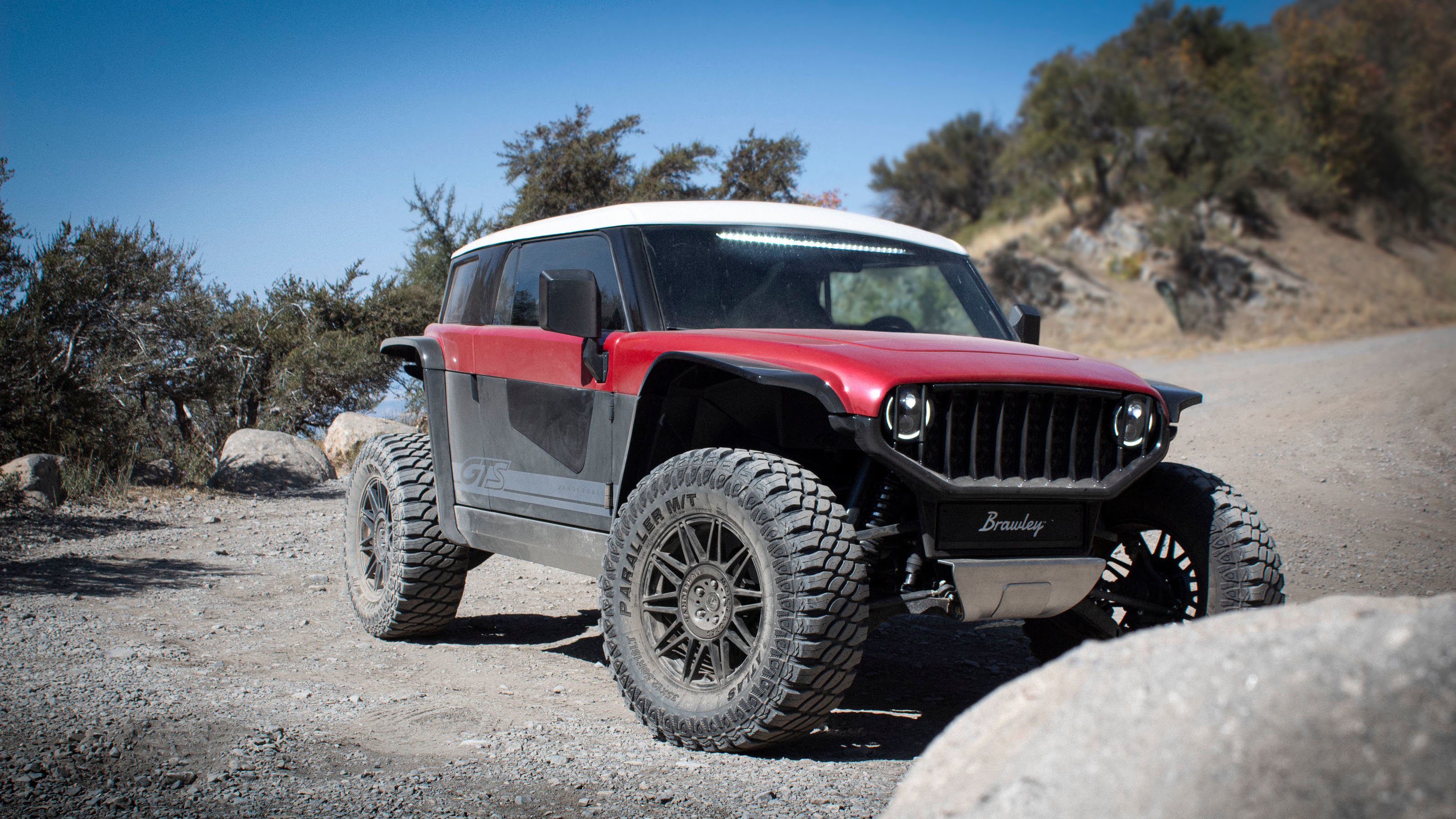 The Vanderhall Brawley GTS is a compact but mighty electric off-roader
The Vanderhall Brawley GTS is a compact but mighty electric off-roaderDeliveries of Vanderhall’s Brawley GTS have started, bringing zero-emission trail driving to enthusiasts across America